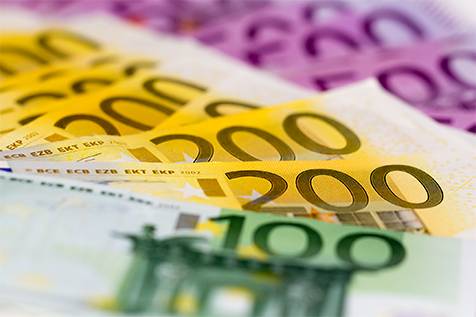Analysts have lifted their copper price outlook for next year following a series of mine disruptions that stoked fears of a market deficit, according to a Reuters survey.
Benchmark copper on the London Metal Exchange (LME) hit a 16-month high in October after reports of production issues in Indonesia, Congo, and Chile. Prices rose 0.8% on Monday to $5.26 per pound.
A key metal for energy and construction, copper is often seen as a barometer of global economic health and has climbed 25% since the start of the year.
The average forecast of 30 analysts now expects cash copper prices on the LME to reach $10,500 per metric ton in 2026 — 7.2% higher than the July projection of $9,796.
Matthew Sherwood of the Economist Intelligence Unit (EIU) said, “We expect copper to hold onto recent gains and extend them into 2026 and beyond. The latest developments suggest the refined copper market will tighten sooner than we previously anticipated.”
Indonesia’s Grasberg mine — the world’s second-largest copper producer — halted operations last month after mudslides killed seven workers.
Such incidents have shifted forecasts from a 40,000-ton surplus to a 124,000-ton deficit in 2025, according to the latest survey, with the shortfall expected to widen to 150,000 tons in 2026.
China nears aluminum output cap
Aluminum prices, used in transport, construction, and packaging, have risen 14% so far this year on supply concerns, as China — the world’s largest producer — approaches its official output ceiling of 45 million tons per year.
Sukdaksina Unnikrishnan of Standard Chartered said, “From both cost and supply perspectives, several factors are likely to support aluminum prices over the medium to long term, and demand prospects remain positive, particularly from the renewable-energy sector.”
Analysts expect LME cash aluminum to average $2,679 per ton in 2026, up 3% from the previous forecast, while trimming the projected market surplus to 250,000 tons from 281,500 tons previously.
Zinc supply recovery expected
Although LME zinc inventories — mainly used for galvanizing steel — have plunged 85% since the start of the year, prices have remained relatively stable, as analysts argue that declining stockpiles do not fully reflect global supply conditions.
Nana Adwoa Serboh of RBC said, “We expect mine supply to improve as new projects such as Kipushi come online, which could help keep prices contained.”
Analysts now forecast cash zinc prices to average $2,838 per ton in 2026, up 2.2% from July’s projection, with the expected global surplus rising to 239,000 tons from 201,500 previously.


